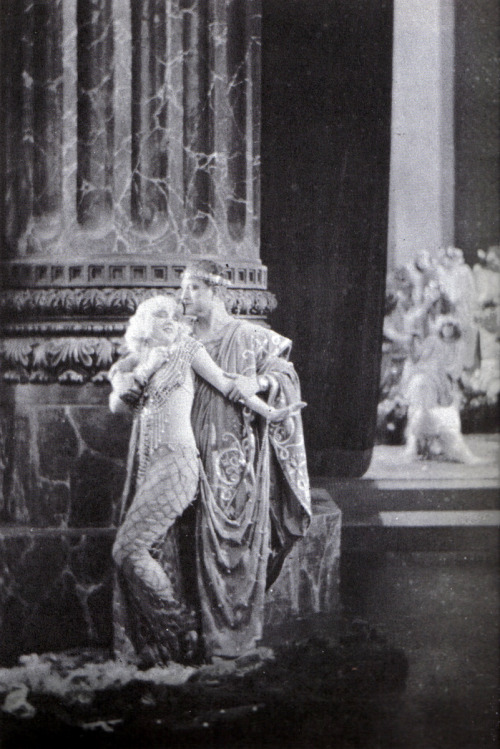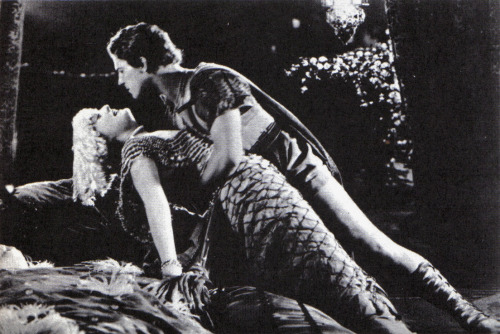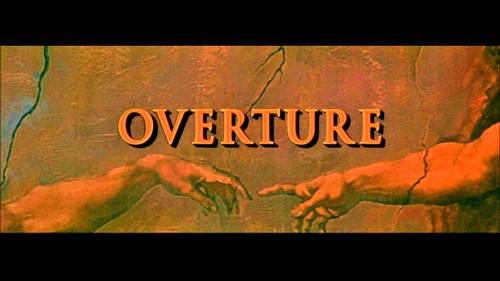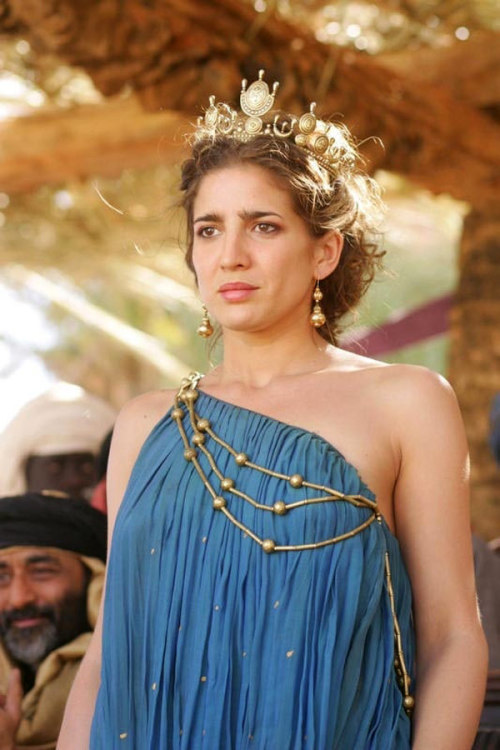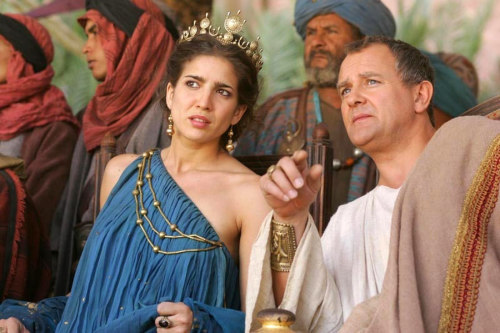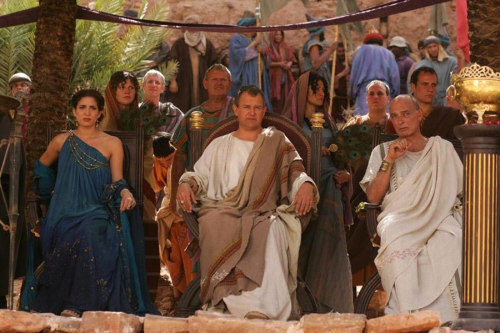#ben hur
GorgeousFrancis X. Bushman
Known for his muscular physique and acting talents, he made most of his hundreds of films during the 1910s, becoming one the brightest stars of that decade. He became immortalized, however, in 1925′s Ben HurasMessala, opposite then-latin-lover Ramon Novarro.
Post link
I like to tell visitors this: The guy who posed for the statue of Cecilius Calvert, the second Lord Baltimore, outside the the Mitchell Courthouse on St. Paul Street was a Baltimore-born actor who played the bad guy in the Hollywood epic “Ben-Hur” of 1925. His name was Francis X. Bushman, and 100 years ago, he was huge.
Bushman learned to drive a horse-powered chariot for that remarkable long-ago movie, and he somehow got through the filming of its famously brutal chariot race unscathed.
In fact, when Hollywood remade “Ben-Hur” in the late 1950s, the star of that production, Charlton Heston, was reported to have said, “The only man in Hollywood who can drive a chariot is Francis X. Bushman, and he’s too old!”
Bushman died 50 years ago this month in California.
Once upon a time, he was a matinee idol, the highest-paid screen actor of his era, known at the peak of his career as “the handsomest man in the world.” He built a mansion near Baltimore. His name was up in lights all over the country.
He took the role of Messala in MGM’s “Ben-Hur,” at $4 million the most expensive film of the silent age. It is an amazing work for its time. Bushman plays opposite another silent-movie beefcake, the Mexican-American actor Ramon Novarro, who had the title role.
I mention it because of the release Friday (Aug. 19) of a new “Ben-Hur,” starring Jim Huston as Judah Ben-Hur and Toby Kebbel as his former buddy, now arch-rival, the villainous Roman nobleman and commander, Messala.
Intoday’s episode of the Roughly Speaking podcast, film critics Linda DeLibero and Christopher Llewellyn Reed talk about the various productions of “Ben-Hur” over the years, and the long line of lavish movies rightfully called Hollywood epics. We trace that lineage back to “Ben-Hur” of 1925 and the buff Baltimore guy whose likeness jurors and judges pass whenever they enter the Mitchell Courthouse from the west.
To many, the statue is Calvert. To me, it’s Bushman.
–Dan Rodricks ([email protected])
I like to tell visitors this: The guy who posed for the statue of Cecilius Calvert, the second Lord Baltimore, outside the the Mitchell Courthouse on St. Paul Street was a Baltimore-born actor who played the bad guy in the Hollywood epic “Ben-Hur” of 1925. His name was Francis X. Bushman, and 100 years ago, he was huge.
Bushman learned to drive a horse-powered chariot for that remarkable long-ago movie, and he somehow got through the filming of its famously brutal chariot race unscathed.
In fact, when Hollywood remade “Ben-Hur” in the late 1950s, the star of that production, Charlton Heston, was reported to have said, “The only man in Hollywood who can drive a chariot is Francis X. Bushman, and he’s too old!”
Bushman died 50 years ago this month in California.
Once upon a time, he was a matinee idol, the highest-paid screen actor of his era, known at the peak of his career as “the handsomest man in the world.” He built a mansion near Baltimore. His name was up in lights all over the country.
He took the role of Messala in MGM’s “Ben-Hur,” at $4 million the most expensive film of the silent age. It is an amazing work for its time. Bushman plays opposite another silent-movie beefcake, the Mexican-American actor Ramon Novarro, who had the title role.
I mention it because of the release Friday (Aug. 19) of a new “Ben-Hur,” starring Jim Huston as Judah Ben-Hur and Toby Kebbel as his former buddy, now arch-rival, the villainous Roman nobleman and commander, Messala.
Intoday’s episode of the Roughly Speaking podcast, film critics Linda DeLibero and Christopher Llewellyn Reed talk about the various productions of “Ben-Hur” over the years, and the long line of lavish movies rightfully called Hollywood epics. We trace that lineage back to “Ben-Hur” of 1925 and the buff Baltimore guy whose likeness jurors and judges pass whenever they enter the Mitchell Courthouse from the west.
To many, the statue is Calvert. To me, it’s Bushman.
–Dan Rodricks ([email protected])
Ben Hur Racer, Fraser’s Million Dollar Pier (Santa Monica), 1914
The Ben Hur Racer roller coaster was built as a part of the second incarnation of Fraser’s Million Dollar Pier. (A massive fire destroyed the first incarnation of the amusement park in 1912.) Ironically, this roller coaster was destroyed in a fire in 1915, a year after Million Dollar Pier re-opened.
Post link
Bien sûr, dans les années 50, il fallait de plus en plus faire face à la télévision et donc offrir aux badauds quelque chose qu'ils ne verraient qu'en salle, sur grand écran: couleurs, écran large et grand spectacles. Mais aussi s'inspirer du genre artistique le plus prestigieux du 19e siècle: l'opéra - d'où le grand nombre d'ouvertures symphoniques exubérantes à des spectacles essentiellement christiques (oui, “Doctor Zhivago” aussi).
Et je ne parle même pas des intermèdes et autres entr'actes…
Post link



Stephen Boyd and Charlton Heston in the set of Ben Hur


Stephen Boyd in the set of Ben-Hur, 1959
Traditional sword and shield movies have seemingly gone the way of the dinosaur. While battle scenes are, on the whole, more epic than ever; it’s a feat accomplished largely by green screen and computers. Hand to hand clashes are heavily altered and supplemented with wire harnesses and CGI projectiles all while being too closely shot and too heavily cut to see what even really going on. Largely gone are the days of pulled back camera and steady shots showing actual choreographed sword and shield battles performed by brave actors and talented stuntmen. Few movies dare to step outside the computerized projection to put vital, fluid action back into the hands of theses craftsmen of the stage and screen. The most recent, and likely the last, of these comes to us as 2011’s The Eagle.

The Eagle tells the story of a Roman legion commander assigned to an outpost at ‘the end of the world’. In this case the end of the world means northern Britain at the far reaches of Roman power. The outpost stands as a part of Hadrian’s wall, an 80 mile long fortification dividing the barbarian British clans in the North from the civilized Roman society in the south. If that sounds familiar to some of you that’s because, yes, Hadrian’s wall IS the inspiration for The Wall in Game of Thrones. Commander Marcus Flavius Aquila is sent to the wall as his first command, following in the footsteps of his father. Well, sort of.

A decade earlier Marcus’ father, under orders, led a legion of 5000 Roman soldiers north of the wall carrying the standard of Rome; A large, golden eagle. However they never returned from their mission to conquer, instead disappearing without a trace into the rough highlands. Marcus now comes to the wall to return glory to this failing legion and honor to his disgraced family by doing the only thing he can: finding the eagle.

This movie has often been panned for its leading star’s wooden performance, but really, what did you expect? Channing Tatum, while one of the most talented comedic actors IVE EVER SEEN, just does not have the chops to be a dramatic lead. The guy is a dancer and by all accounts a total goofball. Just because someone is hunky and white doesn’t mean he has to be a dramatic movie star. Anyways, those critics are not wrong. Tatum’s able to carry himself well as a military officer but nearly all emotion expressed is laughable in its ineffectuality. However that is no reason to write the film off as a whole. If lead casting endangers the film then certainly its ensemble cast saves it.The rest of the film is carried by some theatrical heavyweights such as Mark Strong, Donald Sutherland, and of course Channing’s co-star Jamie Bell. Everyone lays down meaty, substantive performances that lend credence to the films premise and period.

Surprisingly the film takes it’s setting very seriously. All of the locations are genuine with the actors actually trudging through the landscape the story takes place in. The highlands are very much a character in the story as well. Virtually untouched for thousands of years they, along with an unexpectedly true to life representation of British tribes at the time, do a wondrously effective job of transporting the viewer right into the world they are exploring.

But lets be honest, movies like this don’t get made for their historical accuracy or award potential. This is an action movie and boy does it deliver. More so, in fact, than probably any film since Rob Roy or Braveheart. The action is brutal, vital, and real. The camera is pulled back and uncut to allow you to understand just how the Roman war machine so effectively ruled the known world. Stunt coordinator Domonkos Pardanyi has worked on every movie with a battle scene worth watching since the late 1990s. Pulling together the best parts of his previous films like Troy, Kindom of Heaven, Hellboy II, and Prince of Persia, Domonkos created a series of muddy, messy, devastating sequences demonstrating the power of not only each Roman warrior, but the Legion itself.

The drama is a bit heavy handed for something of this ilk but what else do you expect from Kevin Macdonald, acclaimed director of State of Play and the Last King of Scotland? Channing Tatum is a bankable star but perhaps not the right choice of they expected this to be taken as seriously as, for example, Gladiator. However overall it’s a surprisingly entertaining, accurate, and beautiful film. Utilizing some of the best acting talents, locations, and cinematography available (Anthony Dod Mantle of 127 Days and Slumdog Millionaire) the team has assembled a totally watchable and even enjoyable way to spend a few hours on a weekend afternoon. As a farewell to the era of hand to hand, sword and shield cinema I think it does just fine.
-Andrew










The simpson scene movies part 8





